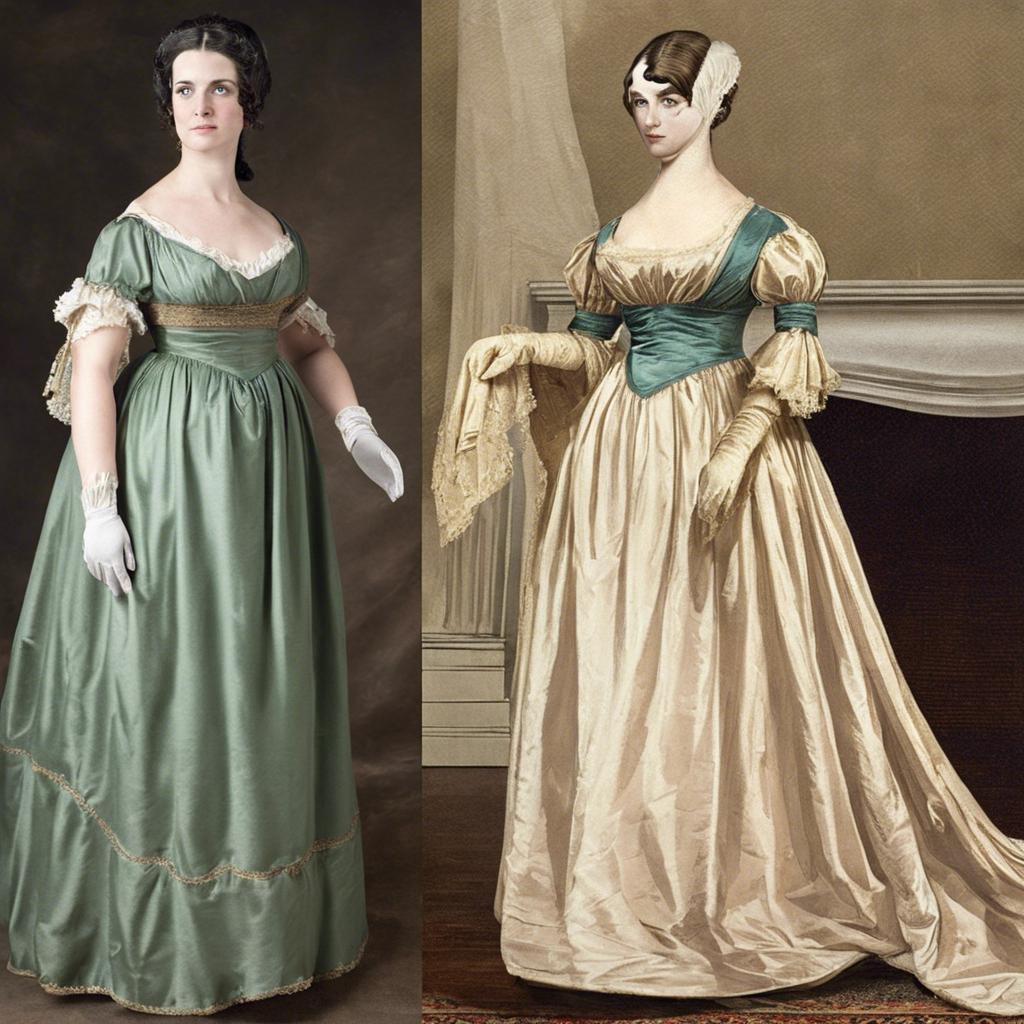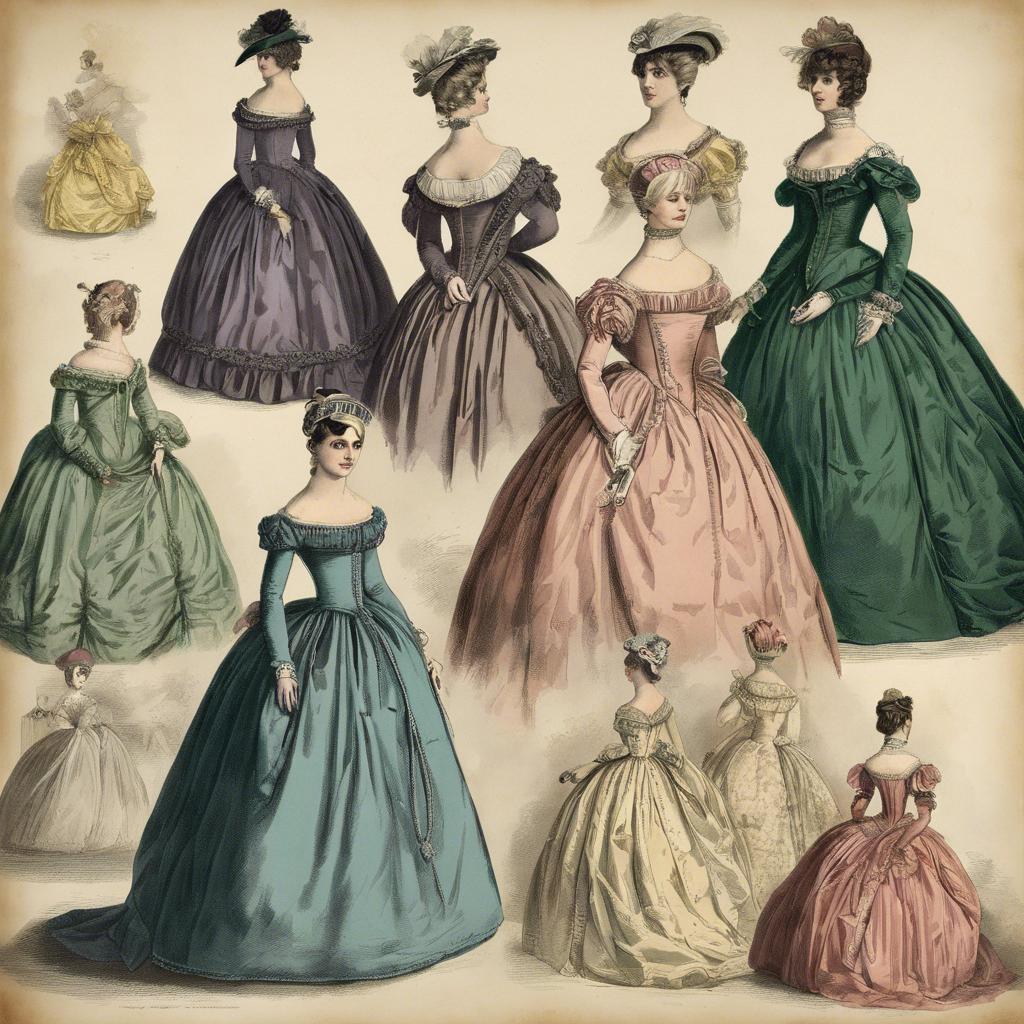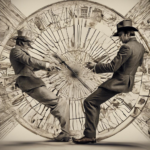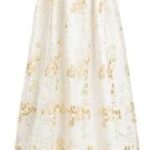During the Regency era, ball gowns were more than mere clothing – they were elegant works of art that spoke volumes about a woman’s social status and sophistication. The intricate designs, luxurious fabrics, and meticulous construction of these gowns captured the essence of the era’s refined taste and opulence. In this article, we will explore the evolution of Regency era ball gowns, from their origins to the influence they had on fashion and society of the period. Join us on a journey through the world of Regency fashion, where every stitch tells a story of grace, beauty, and societal norms.
Step Into the World of Cheryl Bolen
Dive into the enchanting stories of love, intrigue, and elegance set in the Regency Era. Cheryl Bolen's novels offer timeless romance and captivating tales that will leave you wanting more.
Explore Cheryl Bolen's Books Now
Overview of Regency Era Ball Gowns
During the Regency era, ball gowns were an essential part of a woman’s wardrobe for attending formal events and social gatherings. These elegant and intricate garments were designed to make a statement and showcase the wearer’s status and fashion sense. Regency era ball gowns typically featured delicate fabrics such as silk, satin, and lace, as well as elaborate embroidery and embellishments.
The silhouette of Regency era ball gowns was characterized by high waistlines, empire cuts, and flowing skirts that created a graceful and ethereal look. These gowns were often adorned with ruffles, puffed sleeves, and intricate drapery, adding to their romantic and feminine aesthetic. Accessories such as gloves, fans, and tiaras were often worn with these gowns to complete the overall ensemble.
Popular colors for Regency era ball gowns included pastel shades such as pale pink, lavender, and powder blue, as well as regency era nightgown”>rich jewel tones like emerald green and sapphire blue. These colors were chosen to complement the wearer’s complexion and enhance the overall elegance of the gown. With their exquisite craftsmanship and attention to detail, Regency era ball gowns remain iconic symbols of the romantic and sophisticated fashion of the early 19th century.
Elegant Fabrics and Intricate Embellishments
The regency era ball gowns were a sight to behold, with their exquisite fabrics and intricate embellishments. Delicate lace, shimmering silk, and opulent velvet were commonly used to create these stunning garments. The attention to detail was unparalleled, with every gown meticulously crafted to showcase the elegance and sophistication of the wearer.
Embroidery was a popular embellishment during this time, with intricate designs adorning the bodice, sleeves, and hem of the gowns. Pearls, sequins, and beads were also commonly used to add a touch of sparkle and luxury to the already lavish attire. Each gown was a work of art, reflecting the refined taste and social status of the wearer.
The silhouette of regency era ball gowns was typically empire-waisted, with a high waistline just below the bust and a long, flowing skirt that cascaded to the floor. This style accentuated the natural curves of the body and gave the wearer an air of grace and elegance. Accessories such as gloves, fans, and tiaras were often paired with the gowns to complete the look and add an extra touch of glamour to the ensemble.
Flattering Silhouettes and Empire Waistlines
The regency era ball gowns were known for their , which accentuated the natural curves of the female body. The empire waistline, with its high placement just below the bust, created a long and elegant line that elongated the torso and gave the appearance of a smaller waist.
These ball gowns often featured delicate embroidery, lace, and fine fabrics such as silk and satin. The silhouette of the dresses was typically flowy and romantic, with voluminous skirts that cascaded gracefully to the floor. The overall effect was one of ethereal beauty and timeless elegance.
Women of the regency era would accessorize their ball gowns with gloves, shawls, and elaborate hair ornaments to complete their look. The empire waistline and flattering silhouette of these dresses made them a popular choice for formal events and balls, where they would stand out amongst the crowd in all their regal splendor.
Recommended Hairstyles and Accessories
In the regency era, ball gowns were a symbol of elegance and sophistication. These stunning dresses featured empire waistlines, flowing skirts, and intricate detailing. To complement your regency era ball gown, consider styling your hair in a classic updo or loose curls. For an added touch of glamor, accessorize with a delicate tiara or a string of pearls.
Recommended Hairstyles:
- Classic updo with loose tendrils
- Soft curls cascading down your back
- Braided crown with flowers woven in
Recommended Accessories:
- Delicate tiara adorned with crystals
- Strand of pearls draped around your neck
- Lace gloves for a touch of vintage charm
For a complete regency era look, don’t forget to pay attention to the details. Consider wearing sparkling hairpins or a beaded hair comb to add a touch of sparkle to your hairstyle. A dainty fan can also be a beautiful accessory to complete your ensemble. With the right hairstyle and accessories, you’ll feel like a true regency era beauty at your next ball or special event.
Concluding Remarks
the regency era ball gowns were not merely garments, but symbols of elegance, refinement, and social status during a pivotal period in history. Intricately crafted with exquisite fabrics and adorned with intricate embroidery and embellishments, these gowns represented the height of fashion and sophistication in the early 19th century. As we look back on this era, we can appreciate the artistry and craftsmanship that went into creating these timeless pieces of clothing. Through these gowns, we catch a glimpse of a bygone era filled with grandeur and splendor, where elaborate balls and gatherings were the norm. The regency era ball gowns serve as a reminder of the rich cultural heritage and fashion traditions of the past, inspiring admiration and fascination for generations to come.


